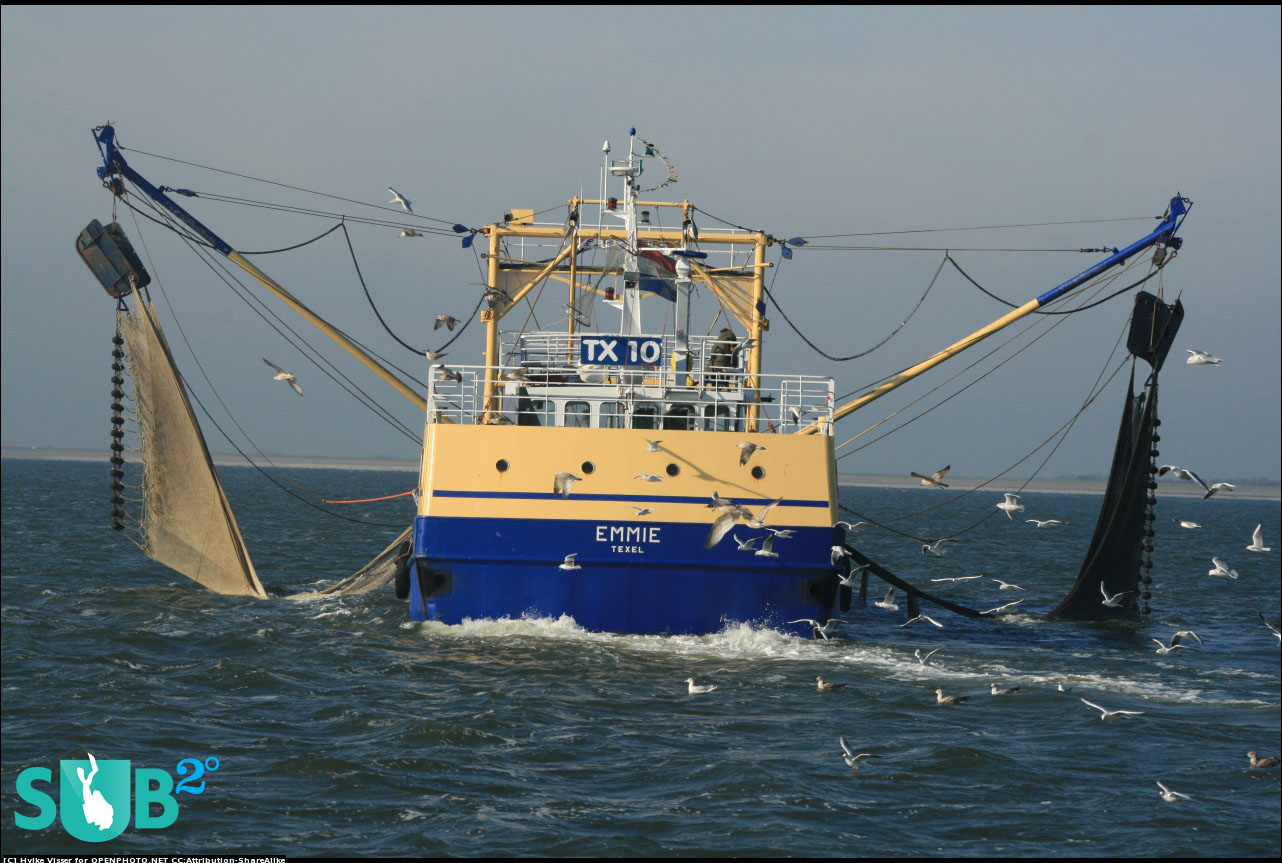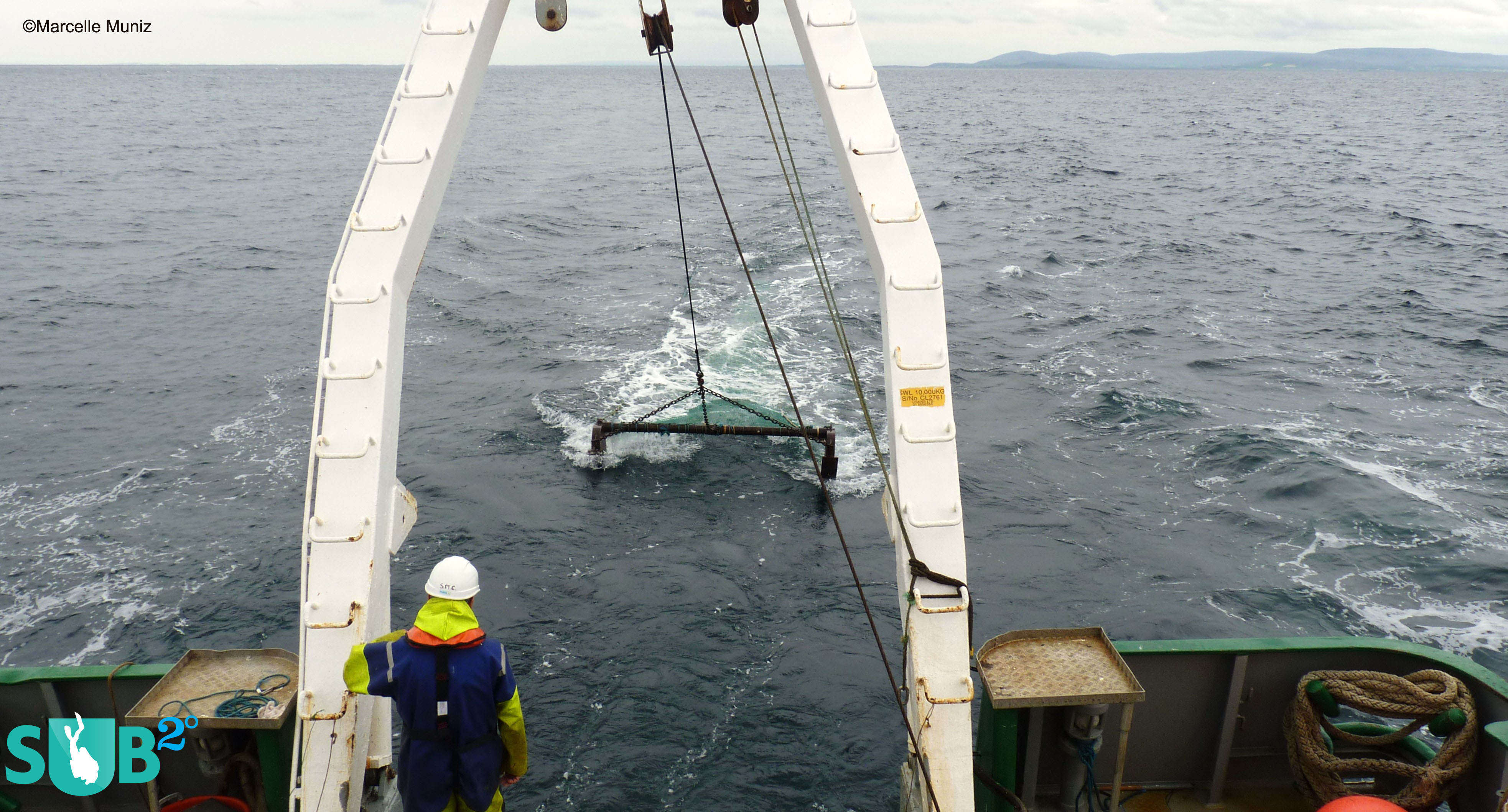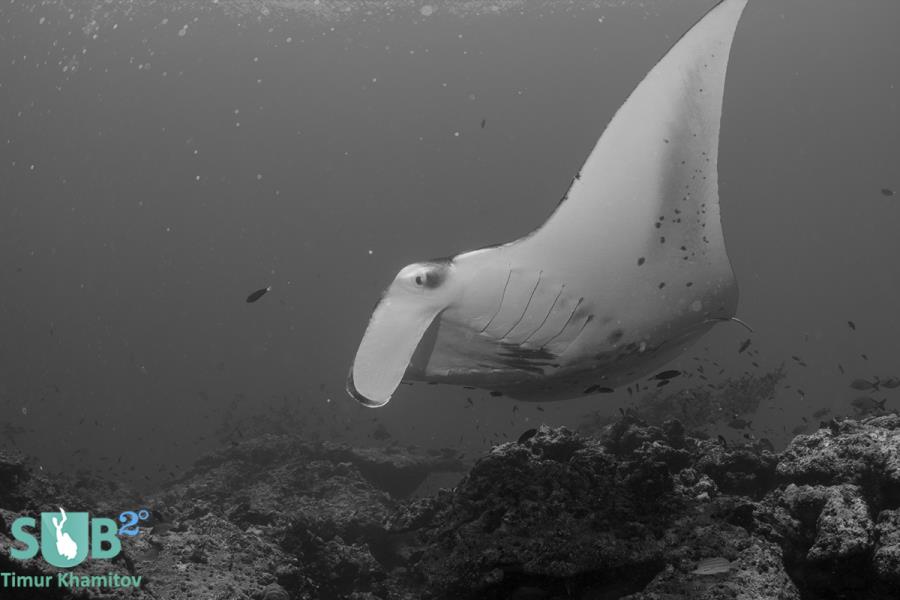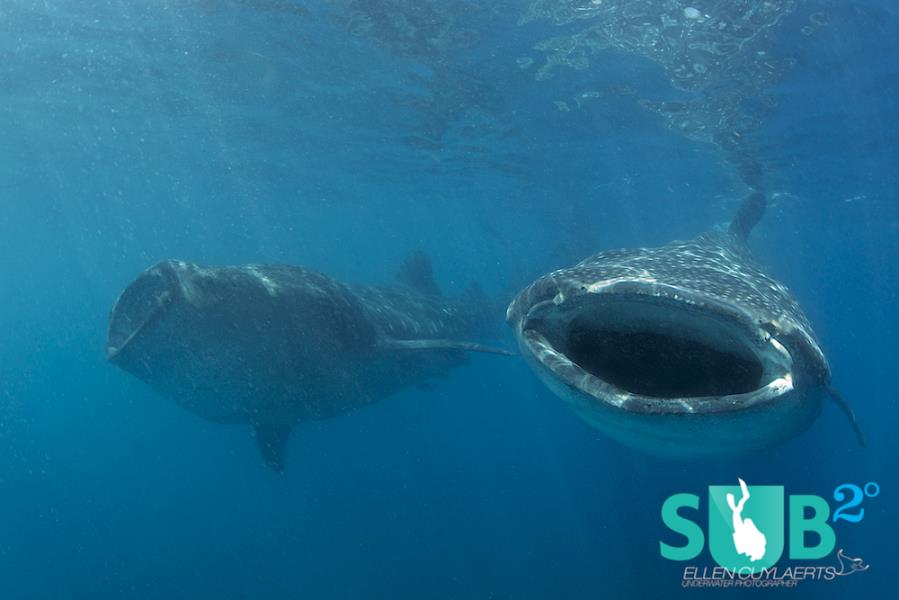-

Overfishing
Overfishing causes a series of threats to humanity and marine biodiversity and functioning. -

Trawling
Trawling is one of the most destructive fishing methods, responsible for habitat destruction and by-catch of various animals.
Ocean Threats Series - Overfishing – Part I
WHAT IS THE PROBLEM?
A little bit of history
Fishing is a way of life, and it has been since the dawn of mankind. According to the United Nations, this practice is essential to the livelihood and food security of 200 million people, mainly in developing countries. One of five people on Earth depends on fish as the main source of protein.
Contrary to popular belief, the ocean is not a limitless source of resources. The first issue addressed in this Ocean threats series is overfishing. That is the act of catching fish faster than they are reproducing. It all started in the mid 20th century, with the advent of industrial fishing and government efforts that brought favorable policies, loans, and subsidies for it.
The problem is that nowadays fishing has not only become a way of living, but more importantly, a way of profit. The reality of commercial fishing is that, with the combination of modern technology and poor management of governments, fish stocks don’t stand a chance. We have seen this before. In 1992, Newfoundland, Canada experienced a troubled period when the cod stock collapsed due to over-exploitation and lack of management of fish stocks. The government declared a moratorium on the Northern Cod fishery, causing around 40,000 people to lose their jobs in the industry. The cod stocks of Atlantic Canadian coast never recovered, and the episode deeply changed the ecological, economic and socio-cultural structure of the region.
Where are we heading?
Unfortunately, we didn’t learn our lesson, and history is about to repeat itself. According to the Food and Agriculture Organization, over 70% of the world’s fish species are either fully exploited or depleted. Sushi lovers must know that Bluefin tuna populations are threatened all over the world. A new report from PEW environment group shows that the population of Pacific bluefin tuna population has dropped 96.4% from un-fished levels. Since 1970, the Atlantic bluefin tuna populations declined by 72%, and the Western and Eastern Atlantic by 46%. In fact, a study featured in Nature Magazine pointed a decrease of 90% of large predatory fish. Specialists from Dalhousie University, in Canada, say that by 2048 all the species we fish today will be extinct.
HOW OVERFISHING AFFECTS THE SEA AND PEOPLE
Fishing down the food webs
Now you might ask how exactly can overfishing affect the oceans and our lives. A series of impacts can be expected by keeping the non-sustainable fishing practices. For starters, the depletion of the big top predator fish – like tuna and groupers - can lead to a shift of the entire marine food-web and ecosystem. This process was named as ‘fishing down the food webs’: the fishing industry depletes the top predator fish first, then smaller and medium size species, and finally all we have left is spurned small fish and invertebrates.
Why should you worry if there are less fish in the ocean? Well, overfishing will not only affect marine ecosystems, but also your dinner. So, unless you’d like to dine on jellyfish on your Sunday family dinner, I say you should care! Decreased food security and economic loss will follow the decline of fish, especially in less developed fishing communities around the world, affecting millions of people.
Besides, altering the food chain can deeply change the ecosystem. The systematic removal of fish from the sea will increase the amount of the small organisms, like plankton, algae and jellyfish. This can bring problems as red tides (small algae blooms) and jellyfish blooms. Over time, a dead anoxic zone can be developed, where nothing can live except bacteria. And I bet you don’t want to swim or dive in waters with no biodiversity and full of bacteria, am I right?
Habitat destruction and by-catch
One of the biggest problems is that most of the fishing methods are unsustainable and destructive to marine ecosystems’ biodiversity and functioning, and are responsible for habitat destruction and by-catch of loads of non-target species.
Bottom trawling, for example, is amongst the most destructive human activities carried out in the ocean. It consists of dragging a net between two heavy trawl doors across the seafloor, to get deep fish and shrimps. Now imagine if hunters and loggers just set up a huge net device running through the Amazon forest, killing all vegetation and dragging all animals it finds on its way. Sounds bad; that is exactly what happens on the seafloor. This activity is responsible for habitat destruction, including fragile deep coral ecosystems. The damage is so bad that it can actually be seen from space.
And if that wasn’t enough, estimates are that annually 300,000 whales, dolphins and porpoises die entangled in fishing nets, together with thousands of endangered sea turtles, sharks and seabirds. For every pound of seafood that goes to market, more than 10 pounds, even 100, may be thrown away as by-catch. Shrimp trawling is amongst the most destructive, responsible for a third of the world's by-catch, while producing only 2% of all seafood.
So, you’re probably wondering what can we do to help our oceans? Keep reading us on the next post to find out!
This is the first post on the series Ocean Threats. In the series, we will discuss the main issues menacing oceans worldwide: the state of the problem, how it can affect ecosystems and people, and practical ideas on how we can help keep our seas healthy. Are you ready to fight for our ocean? Then, ahoy mate, jump aboard!
Featured Posts
-

Indonesia Bans Manta Fishing,...
Analyzing manta conservation in the context of marine conservation as a whole. (Part 1 of the series)
-

Isla Mujeres & The Whale Shar...
Every year, between June and September, hundreds of whale sharks can be found in the deep waters northeast of Isla Mujeres, Mexico.
-

King Crab Invasion
Thanks to Discovery Channel’s popular «Deadliest Catch» TV series, the red king crab has become known across the globe. Native to the north Pacific, this armored behemoth has invaded Norwegian waters and is considered a dang...


Load more comments